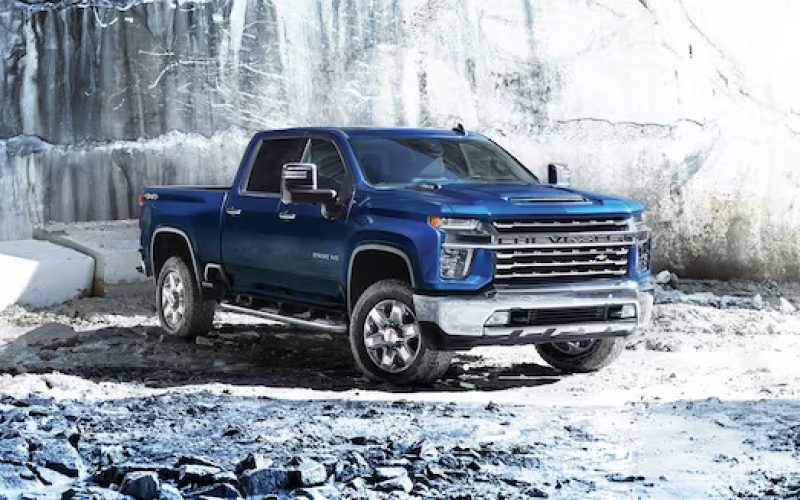
Reading Time: 4 minutesWelcome to a deep-dive into the much-anticipated 2024 Chevrolet Silverado, a vehicle that brings together heritage
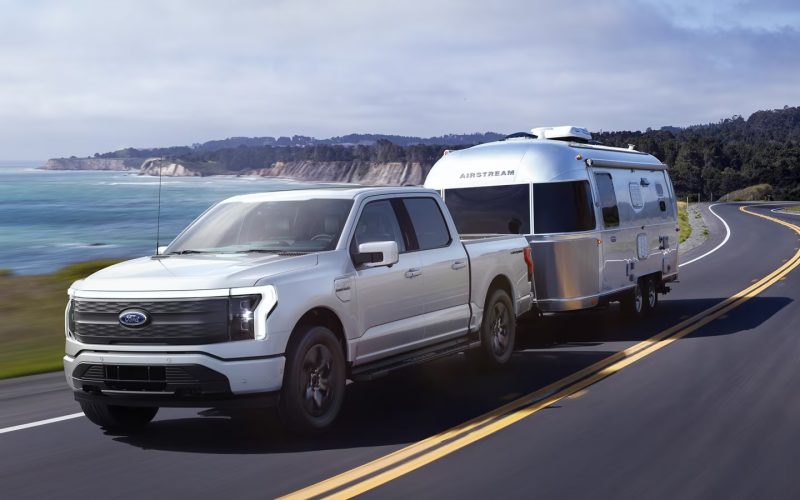
Reading Time: 4 minutesLet’s delve into the world of electric trucks, focusing on a new electrifying addition to the
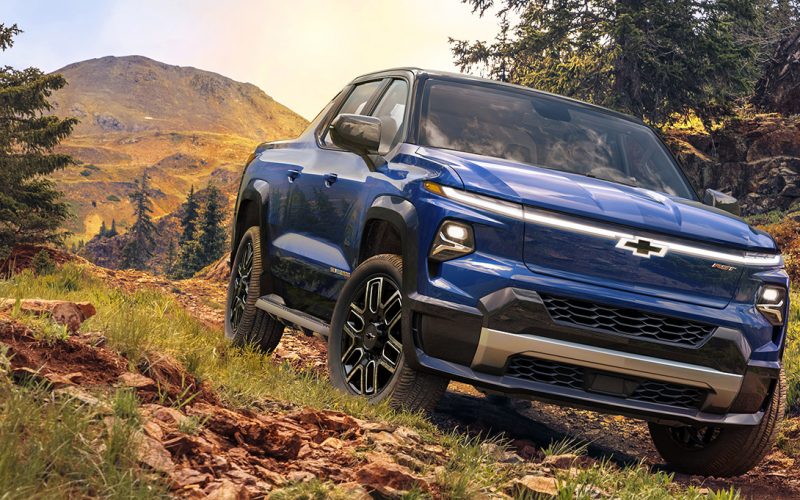
Reading Time: 7 minutesWith an estimated 200,000-plus F-150 Lightning orders in the books, Ford has clearly shown the market
Reading Time: 17 minutesAbout a decade into my automotive journalism career, and a bit more than 10 years ago,
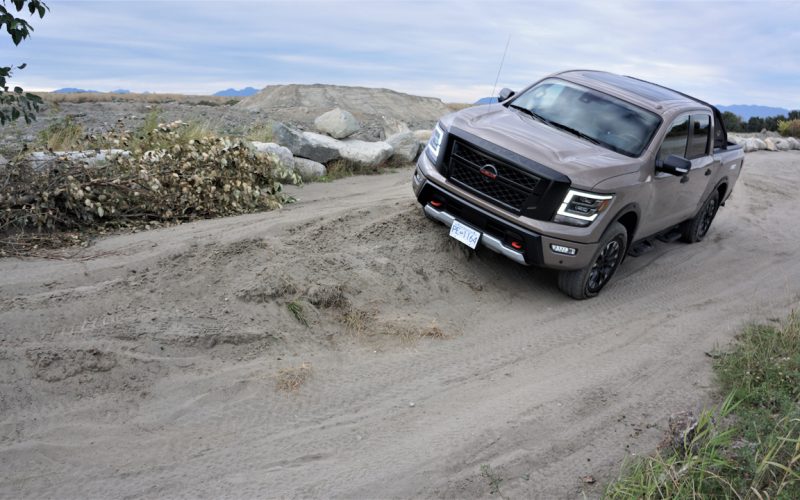
Reading Time: 9 minutesIt’s true, Nissan is walking away from the full-size pickup truck segment in Canada. The Titan
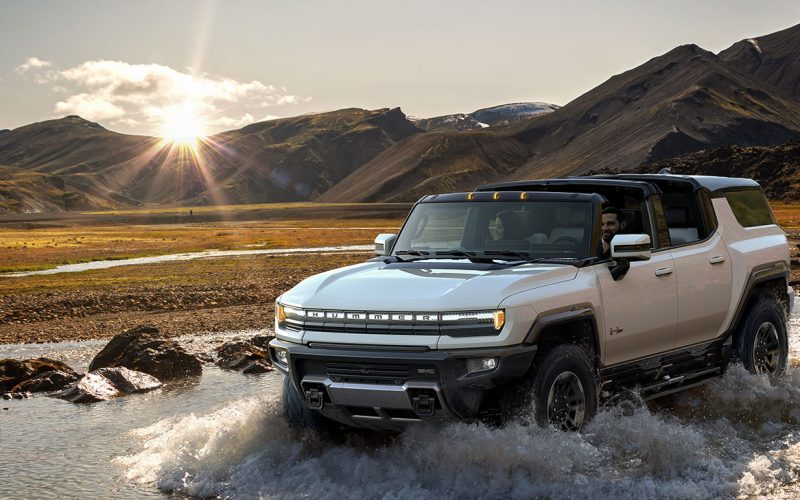
Reading Time: 9 minutesIt was fewer than six months ago that General Motors revealed its upcoming Hummer EV pickup
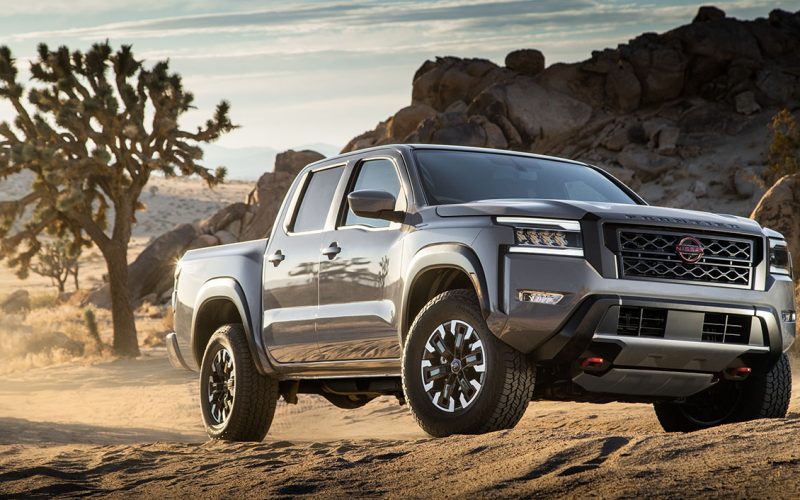
Reading Time: 6 minutesIt’s no secret that trucks aren’t updated as often as cars, although this has been changing
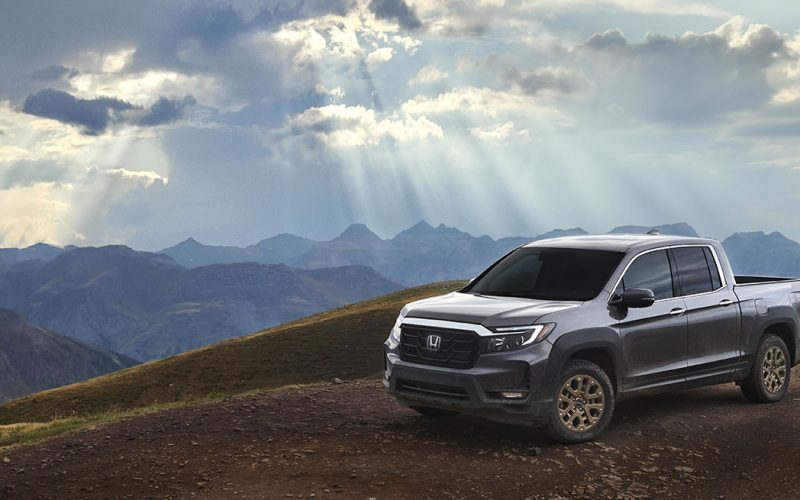
Reading Time: 5 minutesWhen the second-generation Ridgeline arrived on the scene for the 2017 model year, we lauded its
© 2025 The Car Magazine. All Rights Reserved, Privacy Policy | Terms of Use